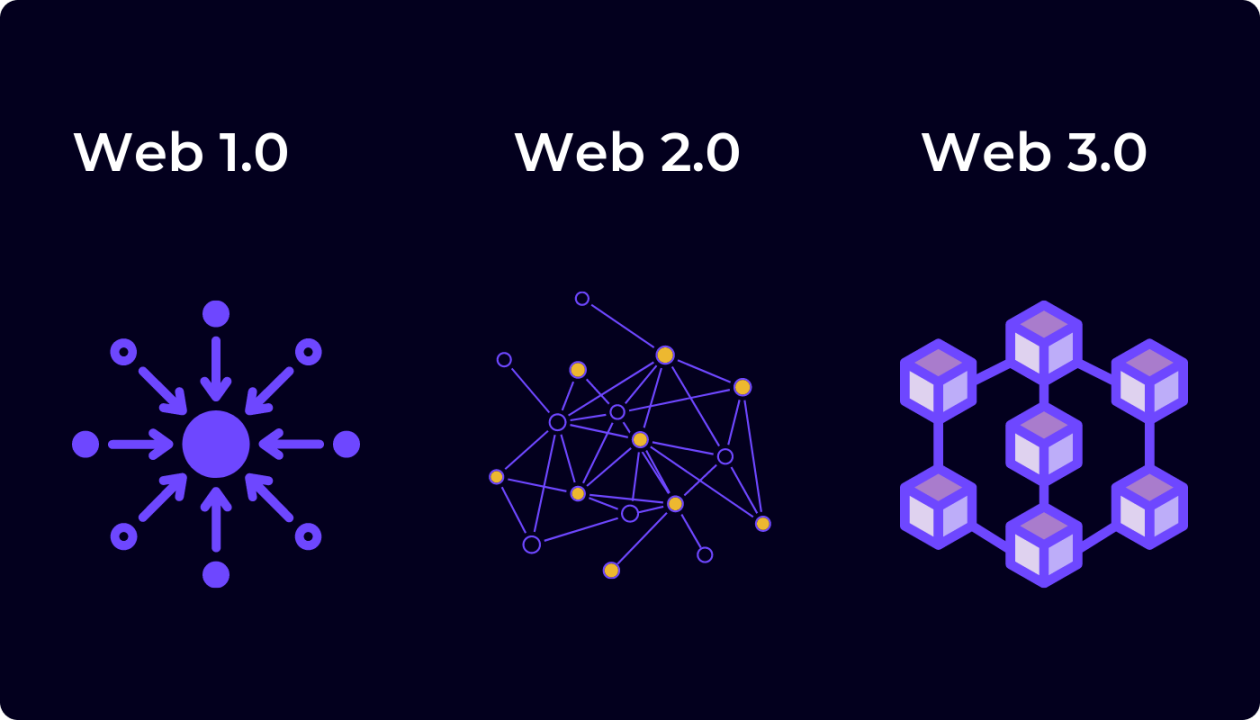The Three Pillars of Web3: Crypto, Contracts, and Code
The digital landscape is evolving at an unprecedented pace, and at the forefront of this transformation is Web3. This new iteration of the internet promises to revolutionize how we interact online, leveraging the power of blockchain technology. In this blog, we will delve into the three fundamental pillars of Web3: Crypto, Contracts, and Code.
Understanding Web3
Web3, often referred to as the decentralized web, represents a paradigm shift from the traditional Web2 model. Unlike Web2, which is dominated by centralized entities, Web3 aims to create a more open, transparent, and user-centric internet. At its core, Web3 is built on blockchain technology, which ensures data integrity, security, and decentralization.
The Role of Cryptocurrency in Web3
What is Cryptocurrency?
Cryptocurrency, or crypto, is a digital or virtual form of currency that uses cryptography for security. Unlike traditional currencies issued by governments, cryptocurrencies operate on decentralized networks based on blockchain technology.
Importance in Web3
Cryptocurrencies are the lifeblood of Web3. They facilitate peer-to-peer transactions without the need for intermediaries, reducing costs and increasing efficiency. Cryptocurrencies also enable the creation of decentralized applications (dApps) and smart contracts, which are essential components of the Web3 ecosystem.
Popular Cryptocurrencies
- Bitcoin (BTC): The first and most well-known cryptocurrency, often referred to as digital gold.
- Ethereum (ETH): Known for its smart contract functionality, Ethereum is a key player in the Web3 space.
- Polkadot (DOT): Aims to enable different blockchains to interoperate seamlessly.
Smart Contracts: The Backbone of Decentralization
What are Smart Contracts?
Smart contracts are self-executing contracts with the terms of the agreement directly written into code. They automatically execute and enforce the terms of the contract when predefined conditions are met.
How They Work
Smart contracts run on blockchain networks, ensuring that they are immutable and transparent. Once deployed, they cannot be altered, providing a high level of trust and security.
Applications in Web3
- Decentralized Finance (DeFi): Smart contracts enable the creation of decentralized financial services, such as lending, borrowing, and trading, without intermediaries.
- Supply Chain Management: They can automate and verify transactions in supply chains, ensuring transparency and reducing fraud.
- Digital Identity: Smart contracts can manage and verify digital identities, enhancing privacy and security.
Code: The Foundation of Web3
Blockchain Programming Languages
The development of Web3 applications relies on various programming languages tailored for blockchain technology. Some of the most prominent languages include:
- Solidity: The primary language for writing smart contracts on the Ethereum blockchain.
- Rust: Used for building high-performance blockchain applications, notably on the Solana and Polkadot networks.
- Go: Employed in the development of blockchain platforms like Hyperledger Fabric.
Development Frameworks and Tools
To streamline the development process, several frameworks and tools have emerged:
- Truffle Suite: A development environment, testing framework, and asset pipeline for Ethereum.
- Hardhat: A development environment for compiling, deploying, testing, and debugging Ethereum software.
- Remix IDE: An open-source web and desktop application that helps write, compile, and deploy smart contracts.
Security Considerations
Security is paramount in Web3 development. Developers must adhere to best practices to prevent vulnerabilities such as reentrancy attacks, integer overflows, and underflows. Regular code audits and the use of formal verification methods are essential to ensure the robustness of smart contracts.
The Future of Web3
Web3 is still in its nascent stages, but its potential is immense. As blockchain technology continues to mature, we can expect to see more innovative applications and widespread adoption. The convergence of crypto, contracts, and code will pave the way for a more decentralized, transparent, and user-centric internet.
Conclusion
Web3 represents a significant leap forward in the evolution of the internet. By harnessing the power of cryptocurrency, smart contracts, and robust code, Web3 aims to create a more equitable and efficient digital landscape. As we continue to explore and develop this new frontier, the possibilities are endless, and the future looks promising.
